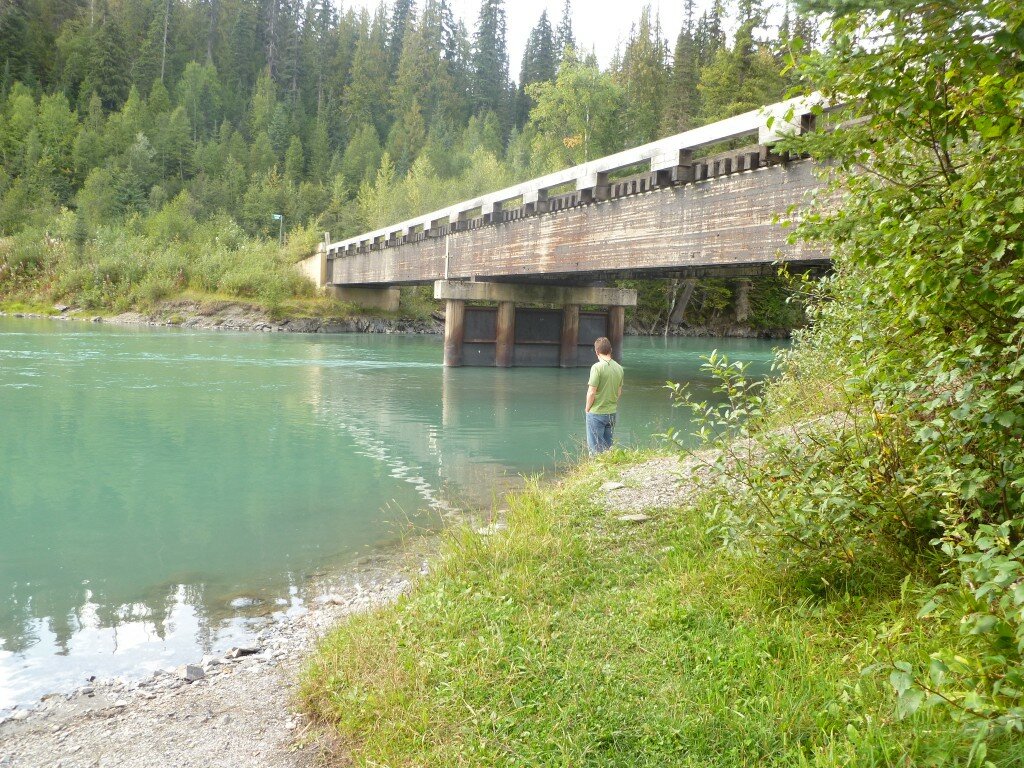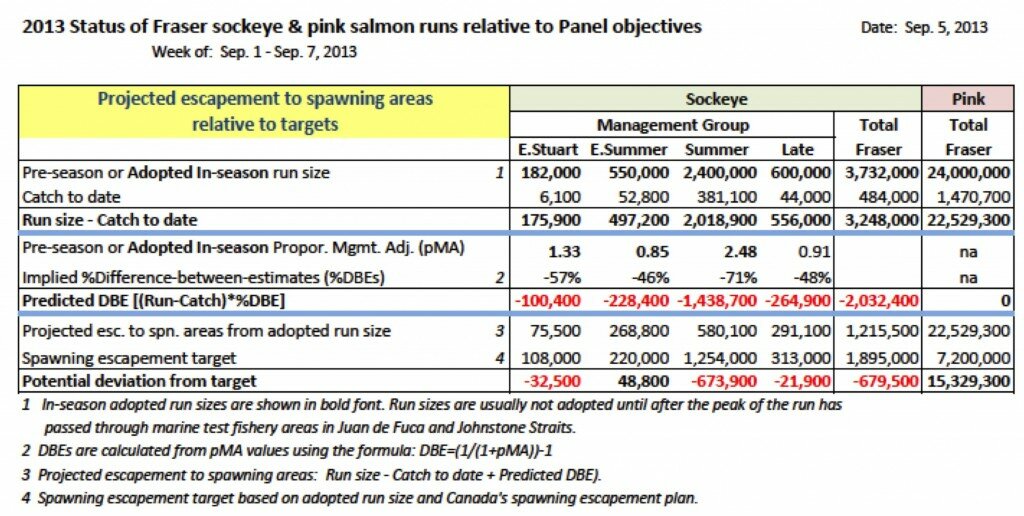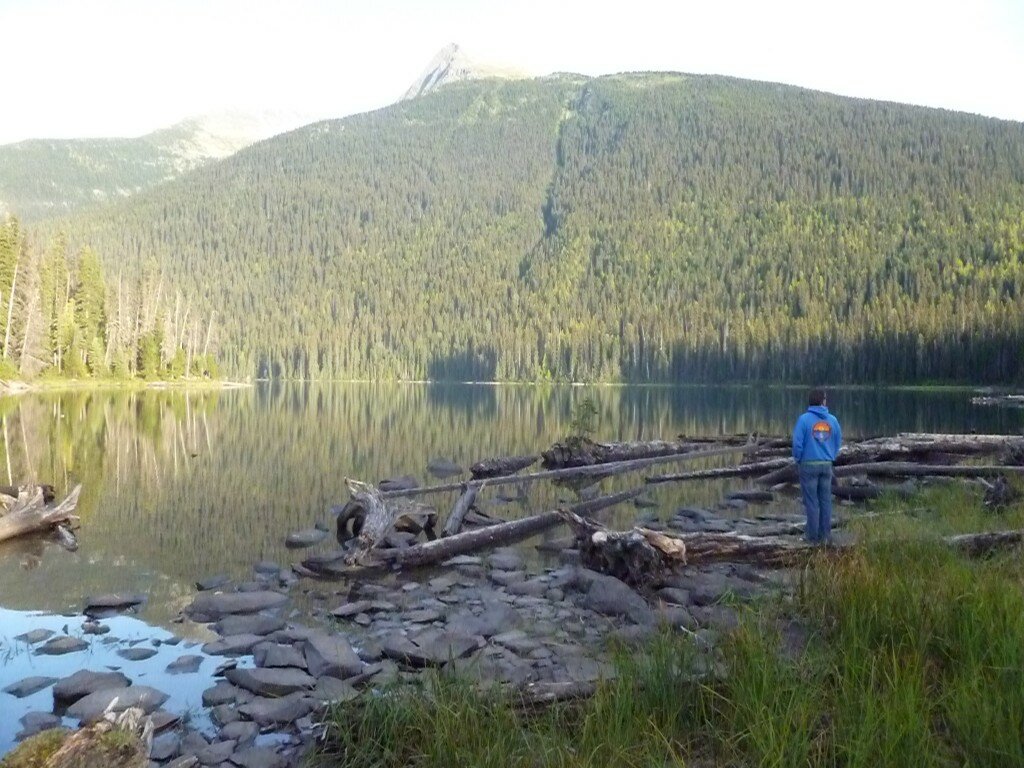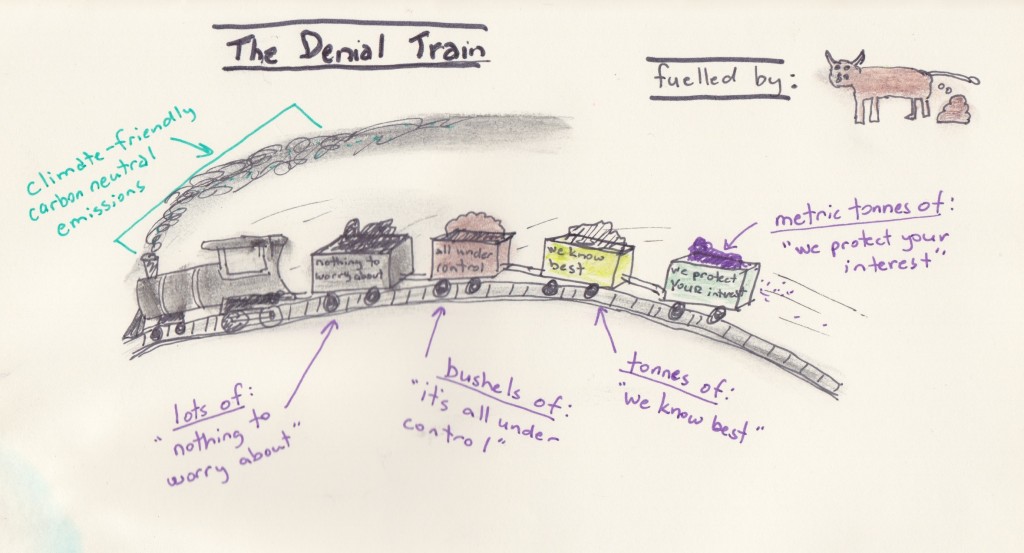
Looking for sockeye on the Cariboo River – Sept. 2013 – saw 1.
Many of us may be familiar with the rather famous, former US Secretary of Defense, Donald Rumsfeld-ism, from a From a Press Conference at NATO Headquarters, Brussels, Belgium, June 6, 2002:
-
Now what is the message there? The message is that there are no “knowns.” There are things we know that we know. There are known unknowns. That is to say there are things that we now know we don’t know. But there are also unknown unknowns. There are things we do not know we don’t know. So when we do the best we can and we pull all this information together, and we then say well that’s basically what we see as the situation, that is really only the known knowns and the known unknowns. And each year, we discover a few more of those unknown unknowns.
It sounds like a riddle.It isn’t a riddle. It is a very serious, important matter.
There’s another way to phrase that and that is that the absence of evidence is not evidence of absence. It is basically saying the same thing in a different way. Simply because you do not have evidence that something exists does not mean that you have evidence that it doesn’t exist. And yet almost always, when we make our threat assessments, when we look at the world, we end up basing it on the first two pieces of that puzzle, rather than all three.
_ _ _ _ _ _
It’s a curious situation – forecasting salmon runs that is… This year on the Fraser River, fisheries scientists in all their wisdom and computer modeling (largely based on similar formats as economic modeling – and we know how ‘accurate’ those are…) – forecast in the pre-season a pink salmon return of just under 9 million humpies. [see below between blue lines and far right “run size forecasted pre-season” below “run size adopted in-season”]

Pacific Salmon Commission Sept. 6th news release
The in-season run-size is now at 26 million.
That’s a huge miss between pre-season and in-season. Might there be a problem in the computer models and the numbers they are ‘kicking out’…?
If the situation was reversed, there would be rabid calls for judicial reviews and inquiries and so on. However, when we miss the mark on the ‘positive’ side of things… “oh, gee, wow, that’s a good thing!”
But is it? Does it still not prove the same thing – e.g., our modeling and equations are f’ed?
[a known known…?]
_ _ _ _ _ _
Similar situation with Fraser sockeye – a story we are all to familiar with.
Pre-season predictions of almost 4.8 million Fraser sockeye.
In-season estimates now suggesting over 1 million less than that – at just over 3.7 million Fraser sockeye.
That’s a big miss. [another known known?…]
However, it gets worse…
_ _ _ _ _ _ _ _
The various estimates of run-size are one thing – the actual successful upstream migration, reaching the spawning grounds (some of them over 1000 km upstream), and successfully spawning – is an entirely different story. Let alone… survival of eggs over the winter, then survival of the baby salmon, most of them 2 years in a freshwater lake avoiding trout, sturgeon, sculpin and all sorts of other predators.
Buried much deeper in the “Technical Reports” from the Pacific Salmon Commission is the more dire predictions of how many Fraser sockeye might actually make it upstream. Keep in mind this was one of the hottest years on record for water temperature on the Fraser River (many days around 22 degrees C water temp, and now running close to 18 degrees C, combined with lower flows than normal).
When this occurs – the fish experts fire up the computer models again to “kick out” some more numbers. This is the “Management Adjustment” (MA). This percentage is then taken off the in-season predicted run-size – all of which is based at the mouth of the Fraser. Essentially, this the percentage of the run that the “managers” figure will die en-route, largely due to high water temps.
Anything over 20 degree C is pretty deadly – how long could you swim upstream in water at 20 degrees C. ? (without eating…)

Pacific Salmon Commission “objectives”
Thus as the numbers in the chart above – in red – show: on each of the four run-timing groups (e.g., Early Stuart, Early Summer, Summer, and Late Summer) over 2 million sockeye are estimated to die or disappear en-route.
Predictions suggest only 1,215,500 Fraser sockeye will actually reach the spawning grounds. This is 700,000 less than what the great computer models suggest should reach the spawning grounds (the second set of red numbers).
More troubling yet… there were almost 370,000 Fraser River sockeye caught in various fisheries (see below – each of the four columns are similar to above, they are the four run-timing groups of Fraser sockeye – the farthest right column is Fraser Pinks).

Pacific Salmon Commission estimates of catch to date – Sept. 5, 2013
There is no pointing of fingers implied here – as that is a much deeper hundreds year old discussion. And, that without these sockeye in many communities, dire circumstances would be that much more dire. The point here is that this resembles a classic fisheries problem over the last 100 years or so: needs and fights over dwindling and dwindling populations.
[the known knowns…?] or [unknown knowns?] or [known unknowns?]
One of the most concerning set of numbers in all of this being the immensely dwindled “Summer” group of sockeye. Close to 680,000 sockeye short of spawning goals. This is a problem.
The Summer group has historically comprised the largest portion of the Fraser sockeye populations… the numbers that make the overall Fraser sockeye populations still appear healthy. However, that grouping of populations is generally reliant on just a few specific populations returning to specific areas. This year a huge miss in predictions was the Quesnel run, as well as Chilko another historically larger run.
It was also a huge miss on Fraser Pinks, Skeena sockeye, and the list goes on… the known knowns that is.
Maybe time for a serious re-think (e.g., Think Salmon) of how we ‘manage’ these dwindling runs…? Factor in some known unknowns, and unknown unknowns…

Ghost Lake – aptly named? Quesnel River headwaters.













